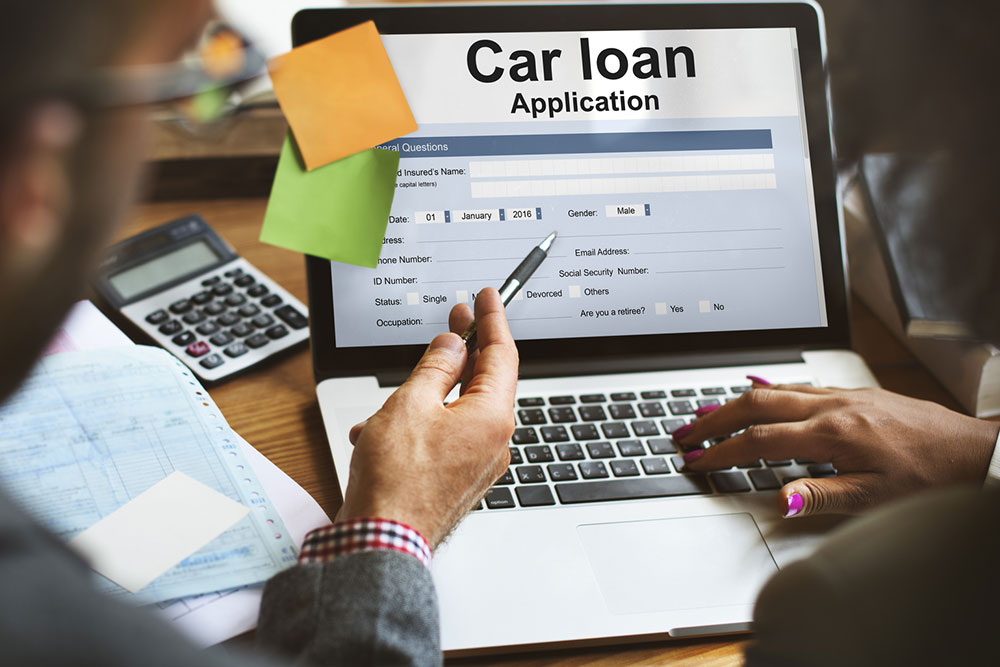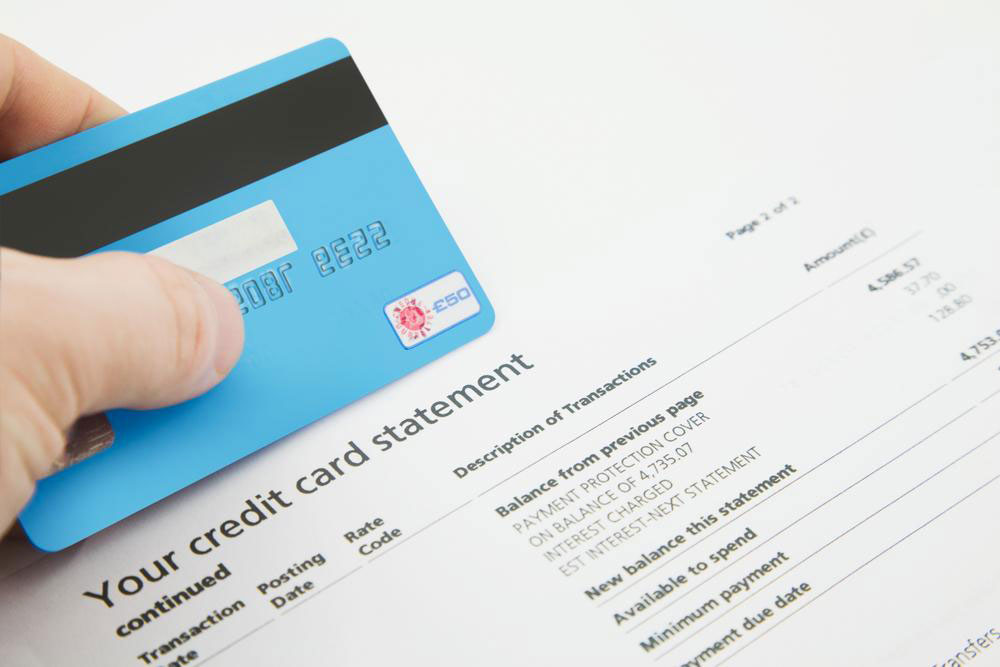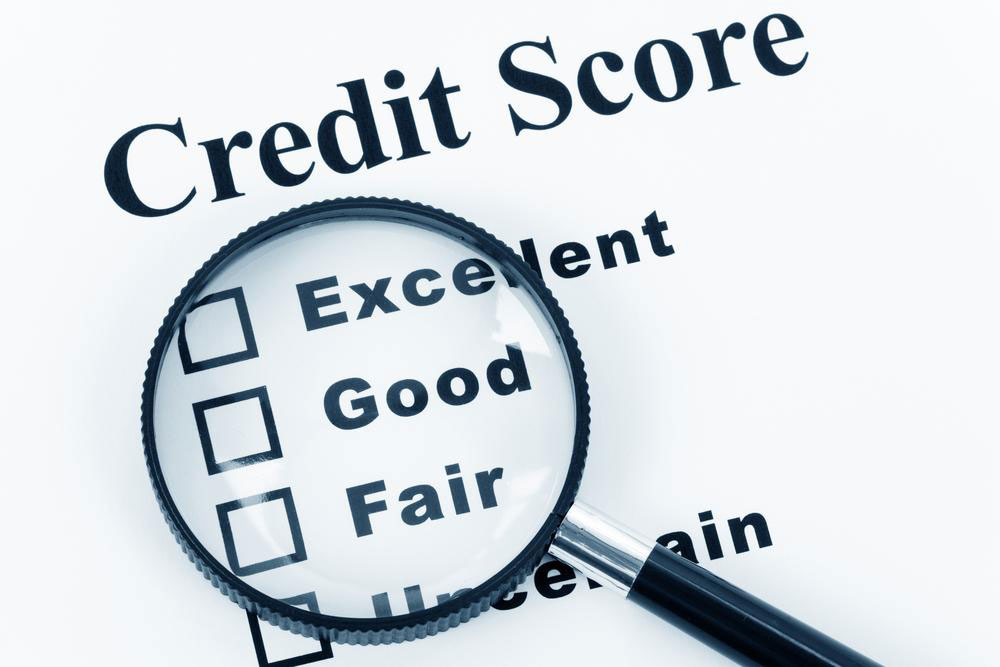Effective Methods to Finance a Vehicle Without an Initial Down Payment
Discover comprehensive strategies for financing a vehicle without an upfront payment. Learn how leasing, credit improvement, co-signing, and choosing used cars can help you own a car with minimal initial funds. Perfect for budget-conscious buyers seeking flexible financing options tailored to their financial situation.

Effective Methods to Finance a Vehicle Without an Initial Down Payment
Securing a vehicle loan is a common way for individuals to purchase a car by borrowing funds from financial institutions, such as banks or credit unions. Traditionally, buyers are expected to provide a down payment—usually anywhere from 10% to 20% of the car’s total cost—which acts as a sign of commitment and reduces the amount financed. However, advancements in automotive financing have expanded options, allowing many consumers to obtain car loans with little or no upfront payment. These alternatives open doors for many to own a vehicle without the burden of an immediate large payment, thus making car ownership more accessible.
1. Leasing with an Option to Purchase
One of the most popular strategies for financing a vehicle without an upfront payment is leasing with an option to buy. This approach allows you to use a vehicle from the dealer without making a substantial initial investment. Typically, you agree to a lease term during which you pay a fixed monthly fee that covers the use of the car. Once the lease period concludes, you might have the option to buy the vehicle at a predetermined residual value, or simply return it and consider purchasing a new lease.
Leasing arrangements often come with mileage limitations, which can be adjusted according to your driving needs. This makes leasing an economical choice for daily commuters and those who prefer driving newer models without the long-term commitment of ownership. Importantly, during the lease, you are responsible for maintenance, insurance, and other operating costs, similar to ownership. This method allows many to enjoy the benefits of a new car without the need for a large down payment upfront.
2. Assessing Your Eligibility for No-Down-Payment Loans
Before engaging in no-down-payment financing, it’s critical to check if you meet the lender’s eligibility criteria. Financial institutions assess various factors to determine if you qualify for such loans, including credit history, income stability, and residency status. Typically, to qualify, you need to be a legal resident with valid identification, be at least 21 years old, and have a steady source of income confirmed through documentation.
3. Enhancing Your Credit Profile for Better Financing Options
Your credit score plays a crucial role in the approval process and the terms of your auto loan. Higher credit scores generally enable borrowers to access more favorable terms such as low interest rates and the possibility of financing the entire vehicle cost without a down payment. A credit score above 680 is often considered ideal for no-down-payment options, while scores between 580 and 669 may still qualify but come with higher interest rates. Those with scores below 580 might face difficulties in securing loans or may need to seek alternative financing methods.
To improve your credit standing, ensure that your credit reports are accurate, pay bills on time, reduce existing debts, and keep your credit utilization rate below 30%. Maintaining a healthy credit profile not only increases approval chances but also helps you negotiate better loan terms, ultimately saving you money over the life of the loan.
4. Leveraging a Co-signer to Improve Loan Approval
If your credit score is not optimal, enlisting a co-signer with good credit can significantly improve your chances of approval and may even help secure better interest rates. The co-signer takes responsibility for the loan if you default, providing reassurance to lenders. This strategy can be especially helpful for young borrowers, those with limited credit history, or individuals with past financial difficulties.
5. Shopping Around for the Best Financing Deals
Different lenders offer varying terms, so it’s vital to compare options from dealerships, credit unions, and banks. Carefully review the loan agreements, paying attention to interest rates, repayment schedules, early repayment penalties, and other fees. Online research and automotive finance comparison websites can help you identify the most attractive deals, including zero-down or no-down-payment options. Negotiating terms directly with lenders can also lead to better results, especially if you have a strong credit profile or pre-approved offers.
6. Preparing Necessary Documentation
Having your documents in order makes the application process smoother and faster. Typical requirements include proof of identity, proof of income (such as pay stubs or tax returns), proof of residence, and relevant financial statements. Online loan applications often ask for digital copies, so having these ready can expedite approval and reduce processing time. Providing accurate, complete information will strengthen your application and improve your chances for approval with favorable terms.
7. Considering Used Vehicles for Less Cost
Opting for a used vehicle can greatly reduce the overall purchase price and often opens up financing options without a down payment. Certified pre-owned cars, in particular, come with manufacturer warranties and are a reliable alternative to new vehicles. They tend to have lower interest rates and more flexible financing terms, making them ideal for buyers with limited initial cash.
It’s important to familiarize yourself with local regulations, such as vehicle registration laws and emissions standards. Review the loan terms carefully, especially regarding prepayment policies, early payoff penalties, and mileage restrictions if leasing. Also, consider the vehicle's age, condition, and mileage to ensure it fits your budget and driving needs. With thorough research and proper planning, financing a used car with no initial payment can be a practical and financially sound decision.
In conclusion, there are multiple strategies available for financing a vehicle without an upfront payment. From leasing options to carefully selected loans, improving credit scores, and choosing used vehicles, consumers have a variety of pathways to vehicle ownership. It’s essential to thoroughly research each method, understand the associated costs and restrictions, and align the choice with your financial situation to make informed decisions that lead to successful car ownership without the burden of a large initial payment.





